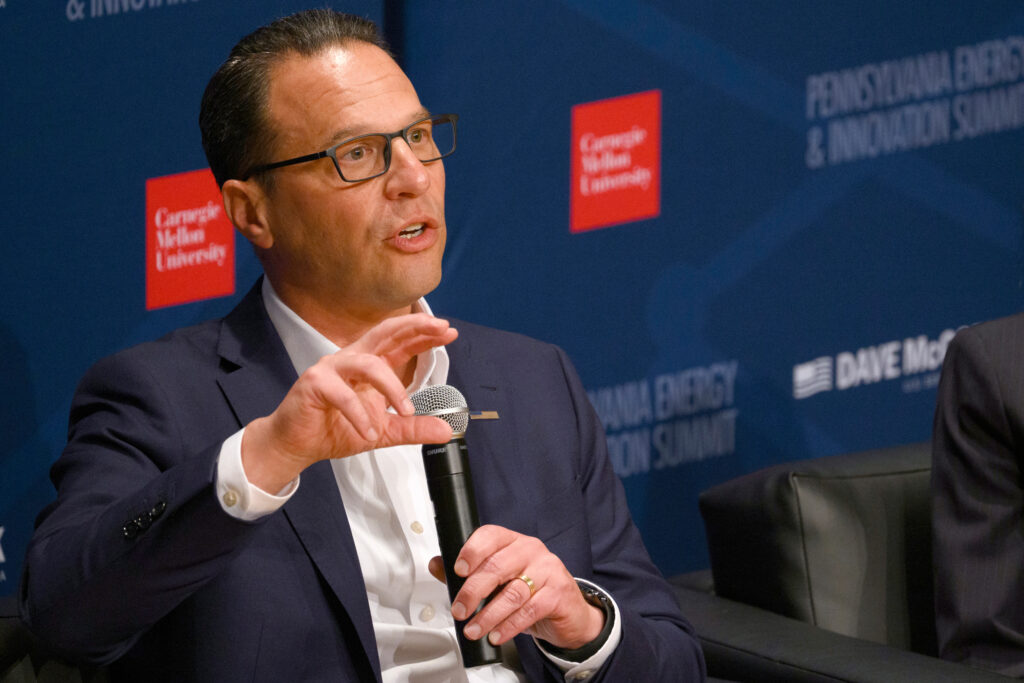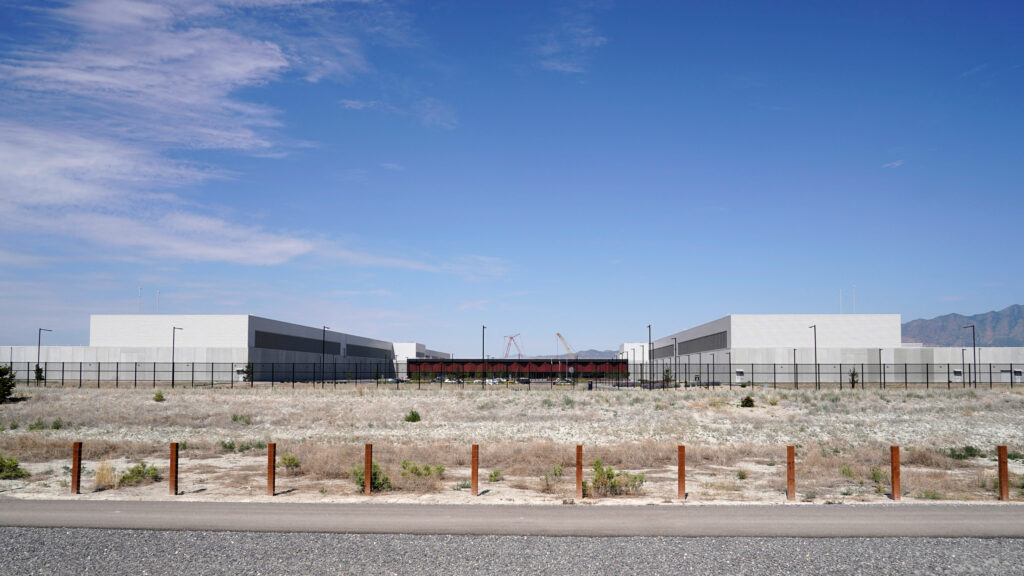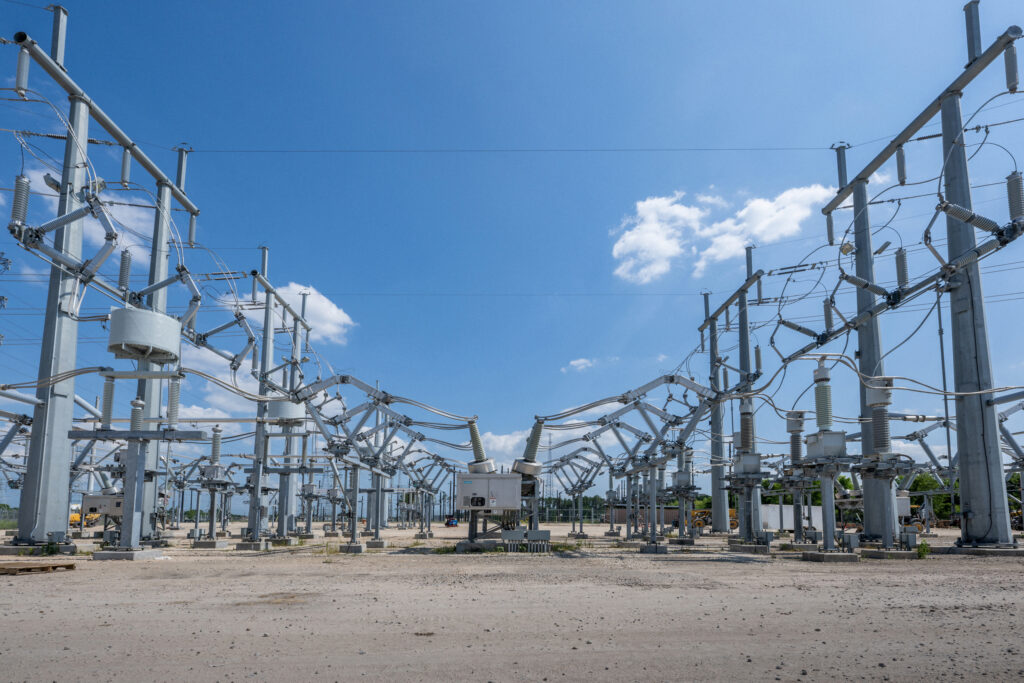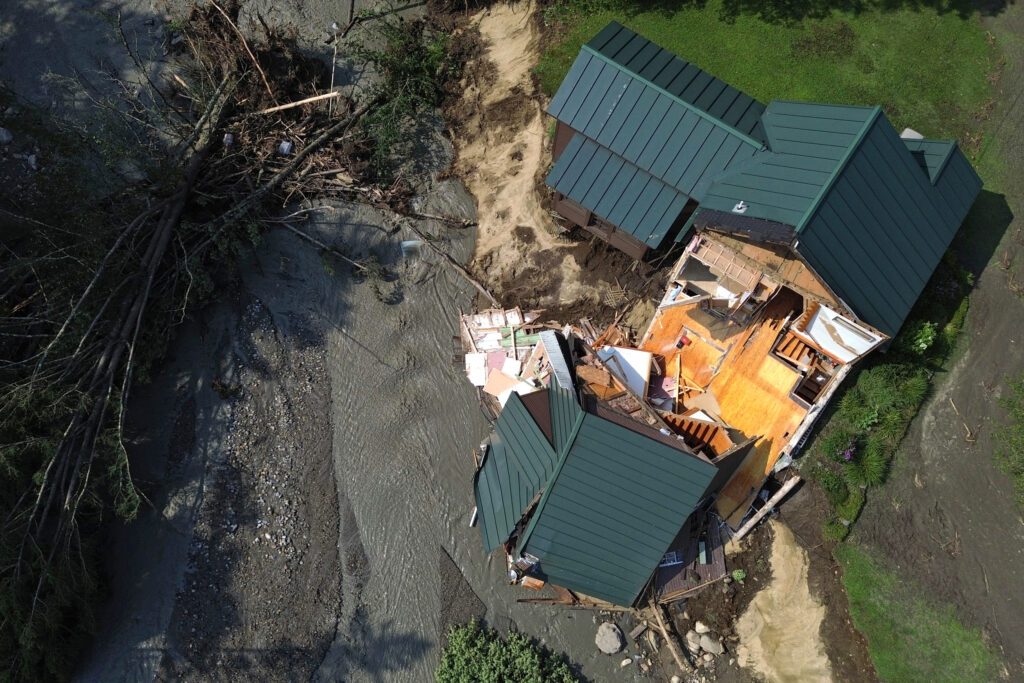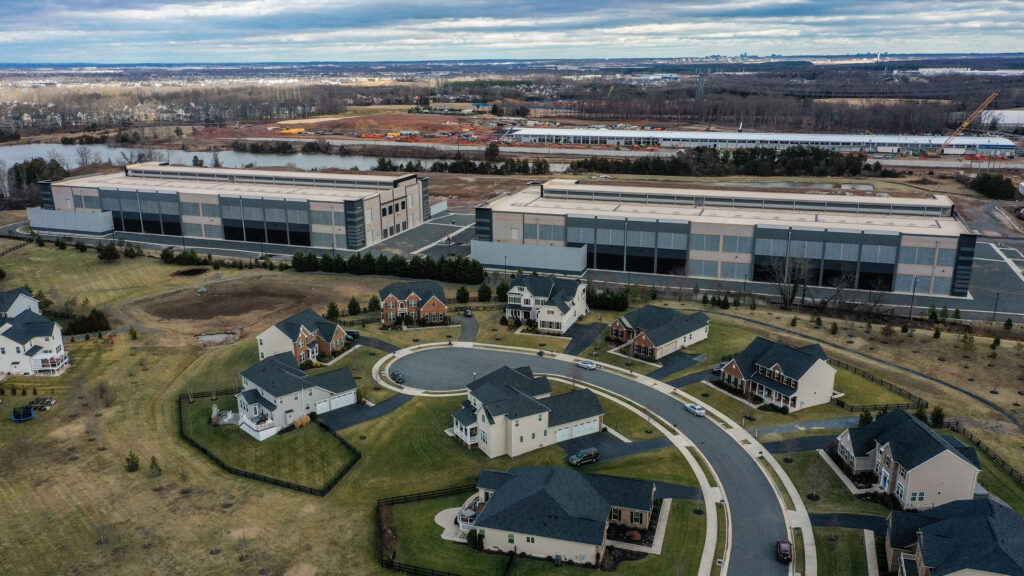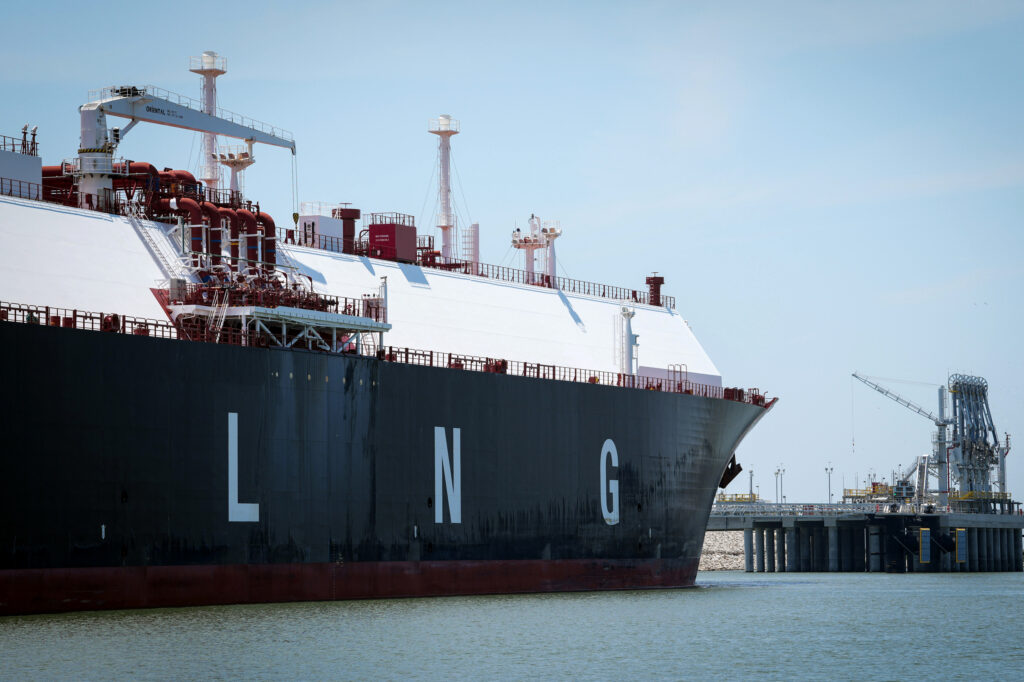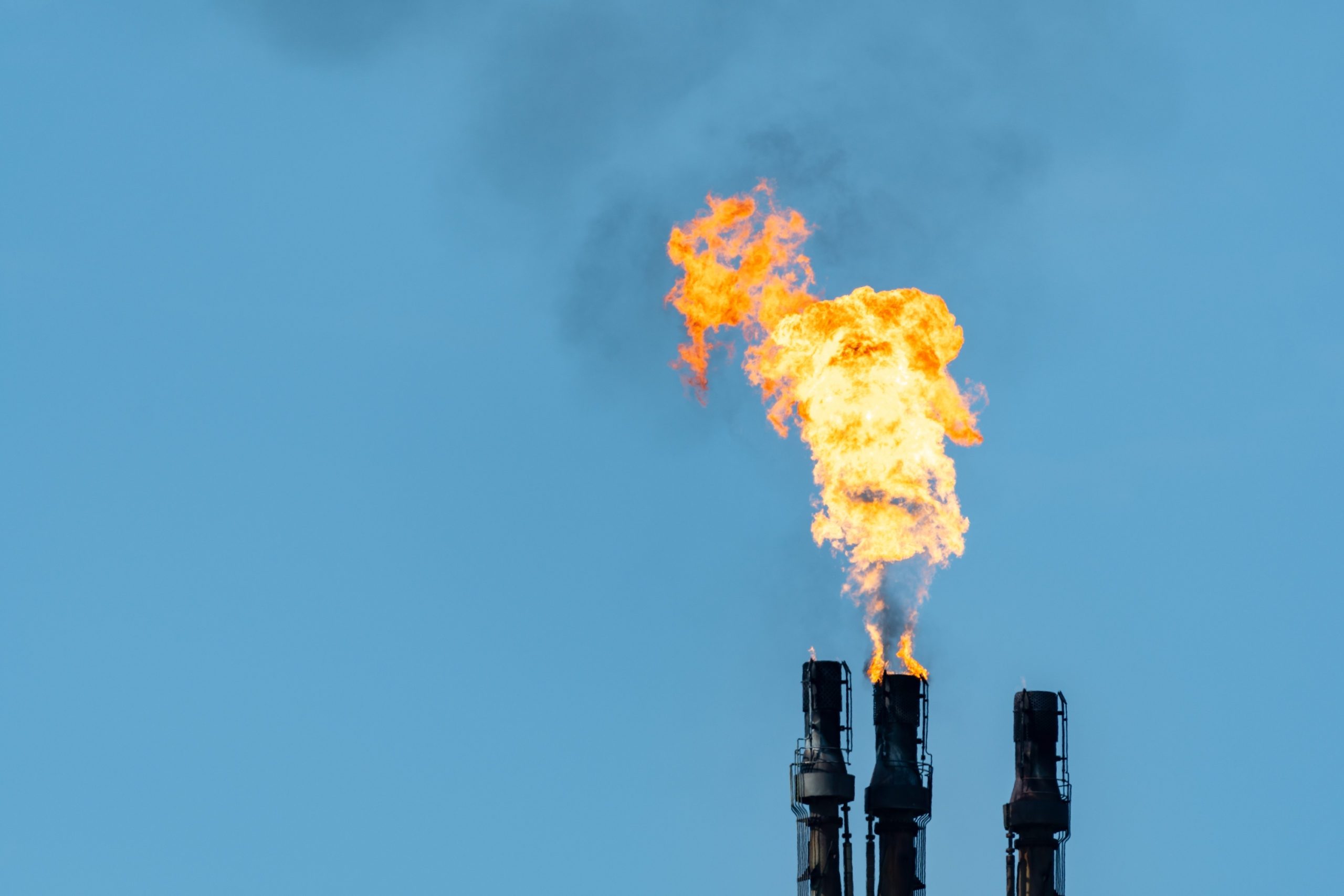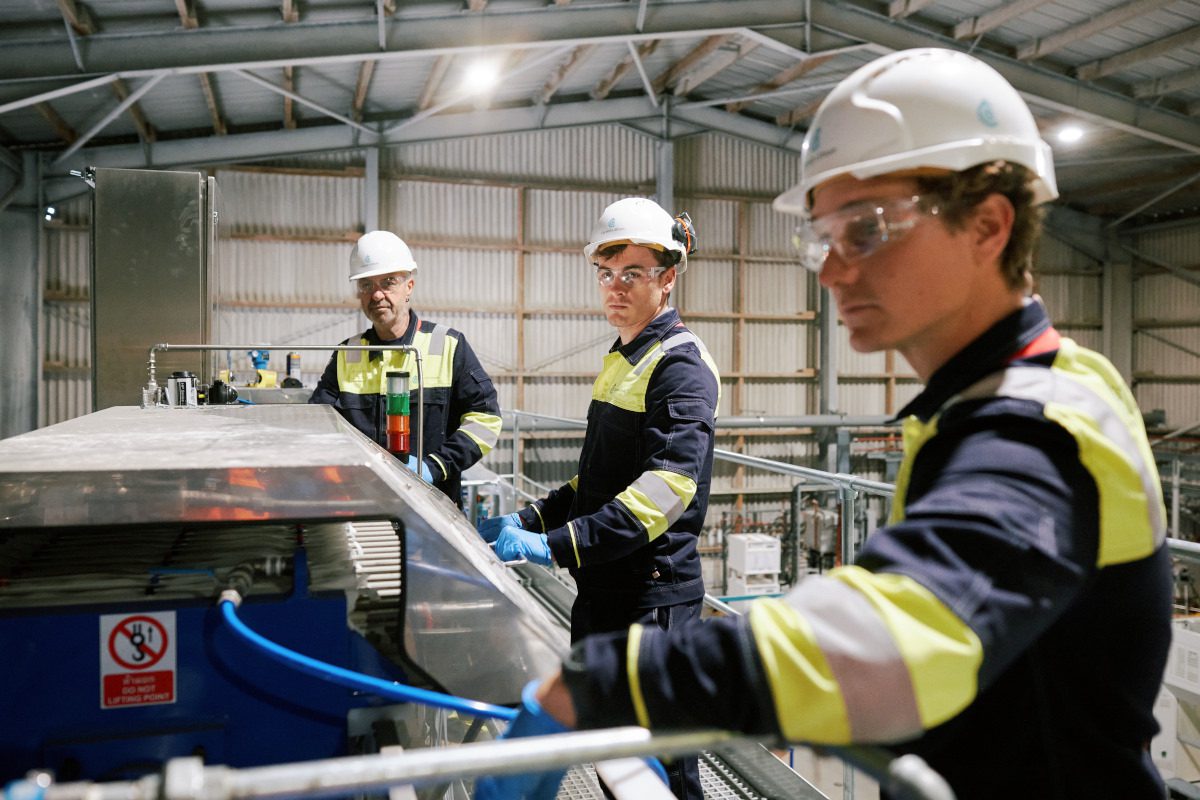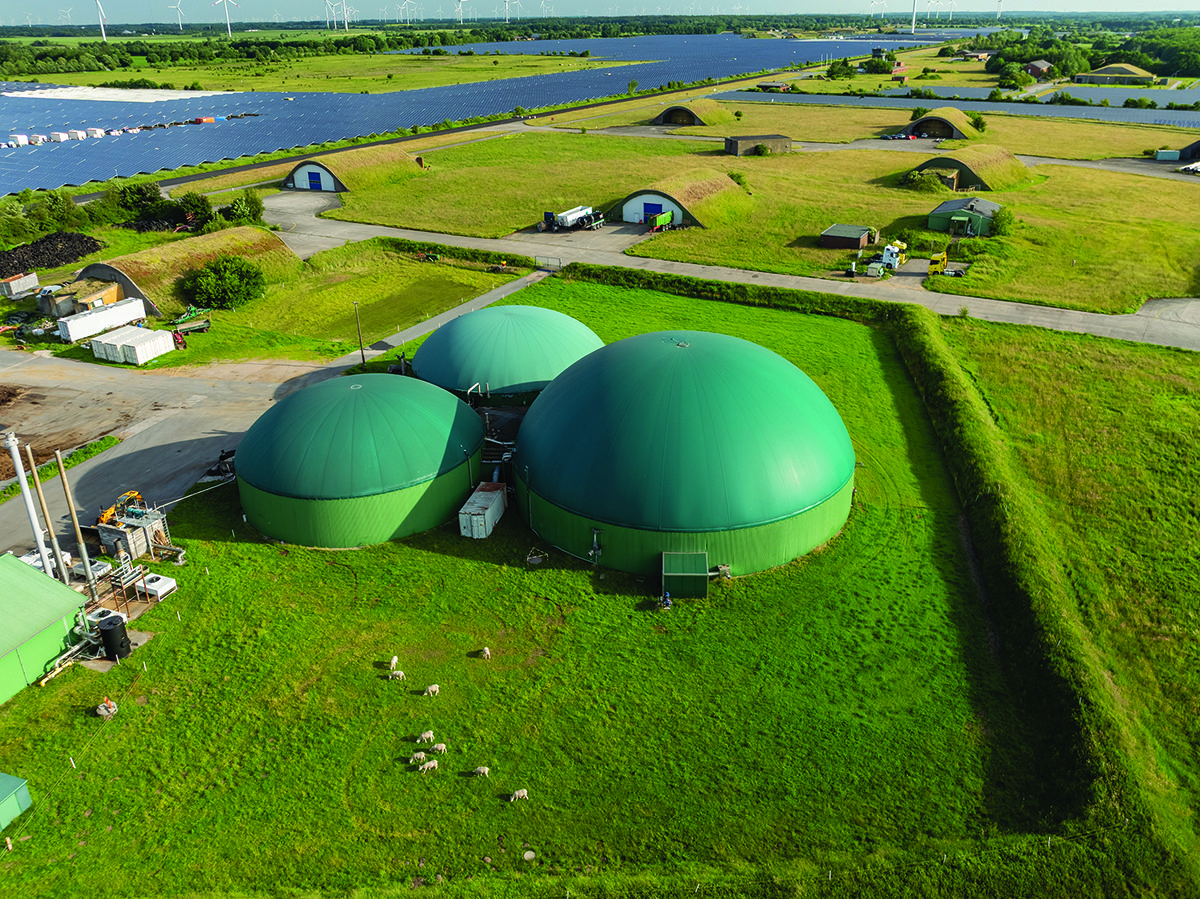On a breezy late summer day in the small Colorado town of Fort Lupton, a massive plume of methane escaped from a hydrocarbon storage tank about 200 feet from an RV park. The leak, the second over four days in September 2023, released enough of the potent climate-warming gas per hour to fit the Environmental Protection Agency’s definition of a methane super-emitter.
Fort Lupton is in Weld County, which produces more oil and gas than any other Colorado county. Yet no alert system exists to warn people about the fugitive emissions or whether they posed a health risk.
A new tool from an independent science research institute working on climate solutions that protect health and the environment aims to change that. The Methane Risk Map, created by experts at PSE Healthy Energy, reveals the risks of toxic gases present in methane plumes by visualizing the path of hazardous air pollutants released alongside the colorless, odorless gas.
Emissions of methane, the main component of natural gas, are rising faster than any other greenhouse gas, driven largely by fossil fuel production and use, agriculture and landfills.
Though methane-sensing satellites and aircraft have dramatically advanced efforts to identify methane super-emitters, they are blind to the air quality impacts and human health risks of methane emissions, said Seth Shonkoff, PSE Healthy Energy’s executive director, during a recent webinar. And, surprisingly, California does not require public disclosure of what’s in the gas, he told Inside Climate News.
The Methane Risk map, he said, “fixes this problem and makes the invisible visible.”
A growing body of work from PSE Healthy Energy, including a new peer-reviewed study, shows that climate-busting methane super-emitters also harm public health.
That’s because methane isn’t the only chemical in fossil fuel gas. Nearly every methane super-emitter event includes a posse of toxic gases, the team discovered, with levels of the carcinogen benzene exceeding safety targets almost without exception.
Though methane poses serious safety risks—the flammable gas can explode at high concentrations and cause suffocation by displacing oxygen in confined spaces—it’s considered nontoxic.
Interest in studying the health effects of natural gas exposure intensified after an underground storage facility at Aliso Canyon released 100,000 metric tons of methane near Los Angeles in 2015, and people quickly reported experiencing rashes, bloody noses, trouble breathing and other health problems.
“It’s events like these that prompt us to ask if methane is nontoxic, which it is,” Shonkoff said, “what was in that gas that was being released into the air?”
What started as a simple question, Shonkoff said, turned into a multi-year investigation.
“A Chemical Soup”
Numerous studies show that living near oil and gas facilities can increase the risk of respiratory problems as well as birth defects and other developmental problems. To reduce risk, health experts have to know what’s in natural gas. But publicly available information on the toxic chemicals coming out of the ground with fossil fuels is scarce.
So scientists with PSE Healthy Energy set out to create their own database of chemicals in oil and gas emissions. They collected gas samples from 11 of the country’s top gas-producing states, including Colorado, Texas and Pennsylvania. And they scoured thousands of air permit applications companies submitted to federal and state regulatory agencies that included gas composition analyses.
The team assembled what Shonkoff said was the largest and most comprehensive database of pollutants in fossil fuel gas in the country. “And what we have found is surprising,” he said. “Natural gas is not just methane. It’s actually closer to a chemical soup.”
Though the composition of that chemical soup varied, nearly every sample included highly toxic volatile organic compounds that occur naturally in oil and gas: benzene, toluene, ethylbenzene and xylene, collectively called BTEX, and hexane.
Benzene is a known human carcinogen, ethylbenzene is a probable human carcinogen and all the compounds can harm bone marrow, the immune and central nervous system, and cause dizziness, headache, nausea, vomiting, fatigue and blurred vision, among other problems.
After identifying the chemicals in these emissions, the team developed models to estimate the toxic profile of gases vented or leaked from storage tanks and other types of oil and gas equipment.
“Natural gas is not just methane. It’s actually closer to a chemical soup.”
— Seth Shonkoff, PSE Healthy Energy
They mapped the identity and concentration of toxic chemicals in more than 1,300 methane super-emitter events, in which more than 127,000 people live within 2 miles of the plume. Though the makeup of the gases varied depending on the source of the emissions, the team reported in another study, the carcinogen benzene exceeded health safety benchmarks in nearly 100 percent of cases.
“The tool is incredibly intuitive and easy to use, which is important,” said Kyle Ferrar, western program director for the nonprofit FracTracker Alliance, who was not involved in the work. “The information presented informs communities not just of their risk related to these pollutants, but the sources of the risk.”
These events represent a small fraction of methane emissions events happening across the county at any given time, said PSE’s Kelsey Bilsback, principal investigator on the map. And with scientific research showing that about 17.6 million people live within a mile of an active oil and gas well in the U.S., she said, the map provides “a vast undercount of the number of people at risk.”
Backyard Risks
To build the maps, the PSE team gathered details on methane emission rates and locations for each super-emitter event through publicly available data sources and scientific partners, including the nonprofit Carbon Mapper.
The team then combined this information with their gas composition database and used a regulatory-grade air dispersion model that incorporates details on the local terrain and meteorology to map peak concentrations of toxic air pollutants around the event. Finally, they compared these concentrations to health benchmarks to flag potential risks.
When the team used their models to estimate the health risks of seven super-emitter events, including the Fort Lupton incident, they found that estimated benzene emissions exceed safety levels in all seven cases.
That means that any methane super emitter event is likely to pose a health risk, said Bilsback.
Modeled benzene concentrations over the Fort Lupton RV park were more than 300 times the level California science advisors say is safe, a risk that extended for 4 miles from the site of the leak.

“We know from conversations with the Colorado Department of Public Health that this is not the only event that has happened at this location,” said air quality scientist Sofia Bisogno, who worked on the modeling behind the map. “These are all mobile homes that people live in.”
The map also flags sensitive sites that serve people who may be more vulnerable to toxic exposures, including nursing homes, hospitals, schools and daycare.
Another super-emitter event occurred about 30 miles south of the Fort Lupton incident in Colorado. “Unfortunately, we did find two different daycares and a school were located within the area at risk,” Bisogno said of that event.
Such findings raise serious concerns for states like Colorado and California, where oil and gas facilities often operate in people’s backyards.
The map identified 32 methane super-emitter events around Kern County’s Bakersfield, California’s largest oil and gas-producing region, where many low-income neighborhoods and communities of color endure some of the worst air in the nation.
Oil and gas infrastructure like tanks are scattered throughout Bakersfield, said Cesar Aguirre, co-director of the air and climate justice team at the nonprofit Central California Environmental Justice Network. “It’s in our parks, behind hospitals, in the parking lots of businesses, in our backyards.”
Regulatory Loopholes and Rollbacks
The methane map shows that this ubiquitous infrastructure is a threat that extends well into neighborhoods, Aguirre said. In doing so, he added, it highlights that regulatory agencies don’t have the capacity to ensure people aren’t being exposed to these invisible threats, he added.
The analyses showed that leaks from certain types of equipment have disproportionate health risks. Gas released from storage tanks had, on average, 59 times higher benzene concentrations than equipment like pipelines, Bisogno said.
Yet they’re often ignored by methane regulations.
The California Air Resources Board, for example, regulates greenhouse gases but has limited jurisdiction over toxic air contaminants that are emitted with them, Shonkoff said.
This story is funded by readers like you.
Our nonprofit newsroom provides award-winning climate coverage free of charge and advertising. We rely on donations from readers like you to keep going. Please donate now to support our work.
Donate Now
CARB has numerous programs aimed at understanding emissions from these sources and takes important steps to protect the public from potential harmful health impacts, said agency spokesperson David Clegern. Part of the agency’s leak detection and response plan includes identifying chemical constituents, such as methane and hydrogen sulfide, as well as potential toxics of the highest concern in the region, he said.
Yet fugitive emissions, including methane leaks from pipelines and storage tanks, are generally exempt from CARB regulations, as are storage tanks kept by low-producing operations.
CARB has made a lot of progress when it comes to leak detection and repair and setbacks, but still doesn’t require companies to publicly disclose what’s in the gas, said Shonkoff. “We were surprised to find that California is far behind Texas when it comes to requiring the public disclosure of gas composition data.”
That failure hinders efforts to protect air quality and health when methane leaks occur, Shonkoff said.
There are so many loopholes, exemptions and problems with the way California enforces oil and gas regulations, Aguirre said, that in many cases, these leaks happen legally.
His organization found that nearly a third of oil and gas sites inspected around Bakersfield were actively leaking between October 2023 and September 2024. The leaks were all within 3,200 feet of homes, schools or parks, the health protection zone in which California oil and gas operators are required to continuously monitor and fix leaks.
Nearly 3 million Californians live within 3,200 feet of an active oil and gas well and about 70 percent are people of color, according to an analysis by FracTracker. And, although the PSE team found that storage tanks pose an outsize health risk, 37 percent of the leaks Aguirre’s team detected were legal because they came from tanks that store heavy oil and other equipment that is exempt from repair requirements.


Many leaks aren’t detected by satellites but still endanger public health, public safety and the climate, Aguirre said. There’s a tank in the middle of a Bakersfield neighborhood that’s leaking, but it’s exempt.
Sometimes when agencies respond to leaks, all they look for is methane, Aguirre said. “And they’ll say, ‘Well, you know, it may have been at high levels there, but it disperses quickly, so there’s no need to be worried. And also, we didn’t monitor for any other gasses.’ You can’t tell me not to be worried when you’re selling me an incomplete picture.”
Officials with the California Geologic Energy Management Division, which regulates oil and gas, did not immediately respond to questions about gaps in regulation.
With just 5 percent of super-emitters accounting for more than half of methane emissions, and the gas trapping 86 times more heat than carbon dioxide over the short term, the EPA issued a new rule last year requiring the oil and gas industry to monitor and stop the leaks. The Trump administration recently delayed the Biden-era rule.
The timing for releasing the methane map could not be better, said FracTracker’s Ferrar. While the federal government works to repeal the EPA’s endangerment finding of greenhouse gases’ risks to public health, he said, NGOs like PSE Healthy Energy are developing tools communities can use to assess their risk and protect themselves.
Anywhere methane is being emitted, hazardous air pollutants will likely be emitted too, said Bilsback. “So if we are to roll back regulations and rules, and the amount of methane emissions goes up, more than likely, there’s going to be greater health risks.”
The finding that even the lowest emitting super-emitters pose outsize health risks miles away suggest several solutions, the PSE team said. For one, California and other states and localities with rules restricting oil and gas operations near places people can be exposed need to revise their policies to account for the wide reach of the health impacts.
Regulators should also require companies to disclose the composition of the gas that comes out of the ground so policymakers and health experts can tell when and where communities may be at risk and take measures to protect them. Plus, local air districts that regulate hazardous air pollutants should get involved in managing super-emitter events, the team said.
Communities have been telling regulators for years that they need the type of notifications that will allow them to protect themselves from what is clearly a ubiquitous health threat, Aguirre said.
Three years ago, local air district officials found explosive levels of methane leaking from several abandoned oil wells in Bakersfield.
“Notification is important because we are the canary, but there’s nowhere where we can sing our song,” Aguirre said.
About This Story
Perhaps you noticed: This story, like all the news we publish, is free to read. That’s because Inside Climate News is a 501c3 nonprofit organization. We do not charge a subscription fee, lock our news behind a paywall, or clutter our website with ads. We make our news on climate and the environment freely available to you and anyone who wants it.
That’s not all. We also share our news for free with scores of other media organizations around the country. Many of them can’t afford to do environmental journalism of their own. We’ve built bureaus from coast to coast to report local stories, collaborate with local newsrooms and co-publish articles so that this vital work is shared as widely as possible.
Two of us launched ICN in 2007. Six years later we earned a Pulitzer Prize for National Reporting, and now we run the oldest and largest dedicated climate newsroom in the nation. We tell the story in all its complexity. We hold polluters accountable. We expose environmental injustice. We debunk misinformation. We scrutinize solutions and inspire action.
Donations from readers like you fund every aspect of what we do. If you don’t already, will you support our ongoing work, our reporting on the biggest crisis facing our planet, and help us reach even more readers in more places?
Please take a moment to make a tax-deductible donation. Every one of them makes a difference.
Thank you,





